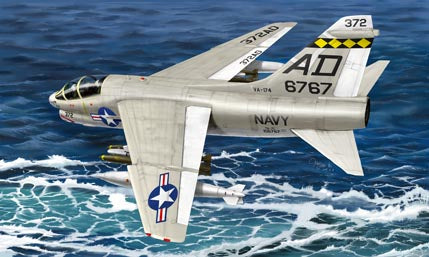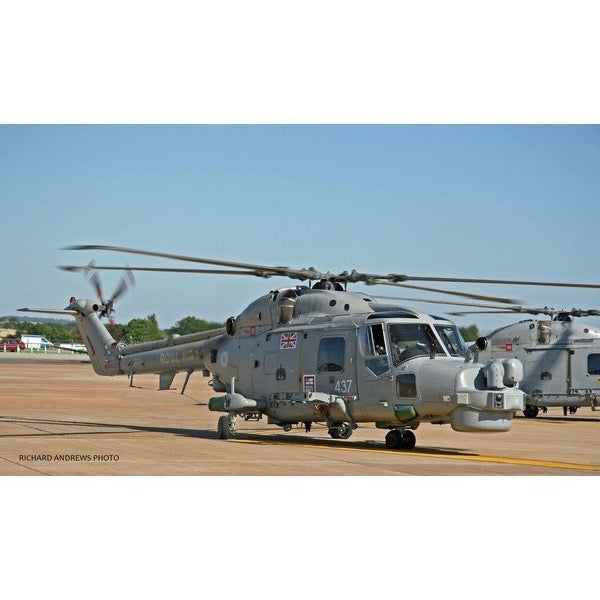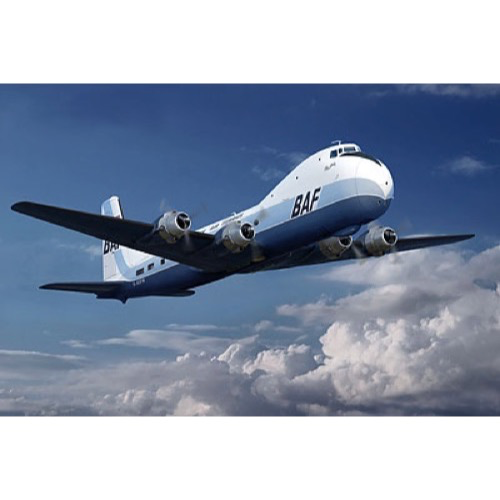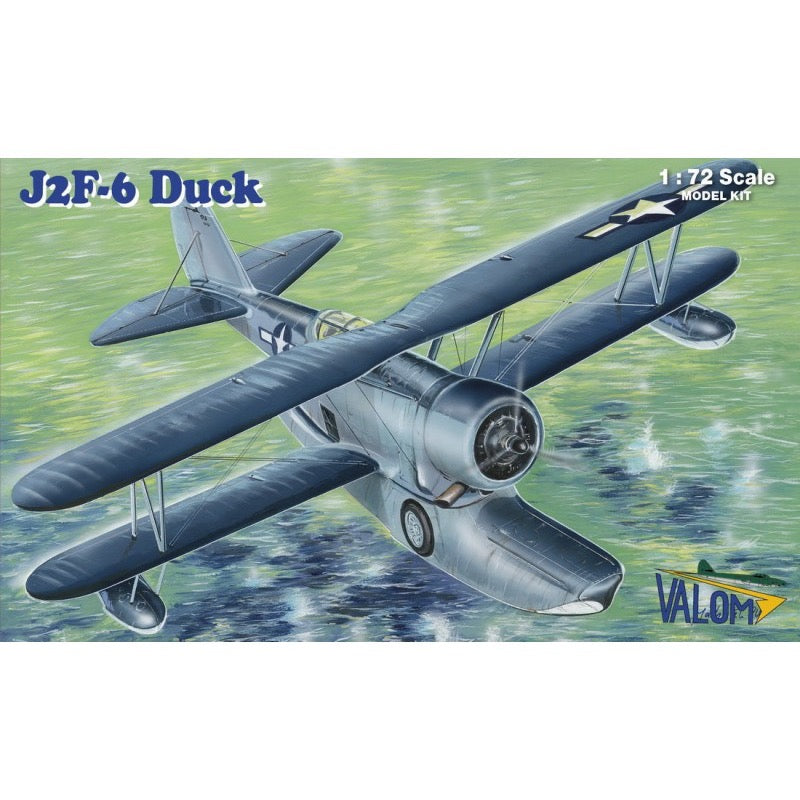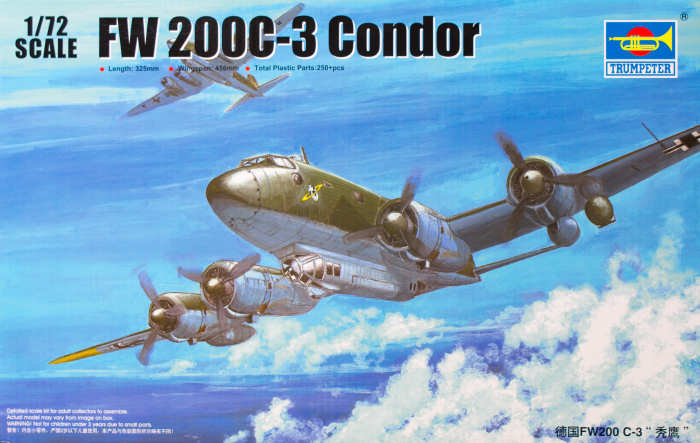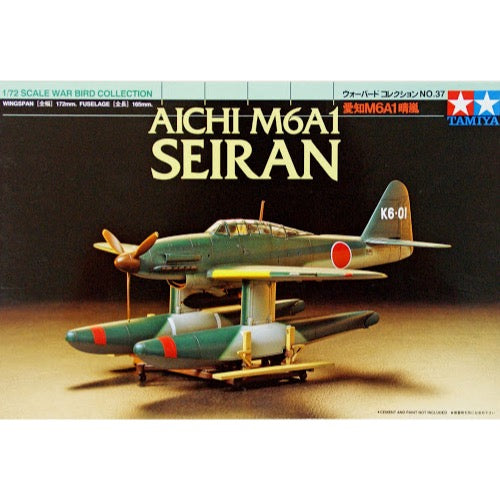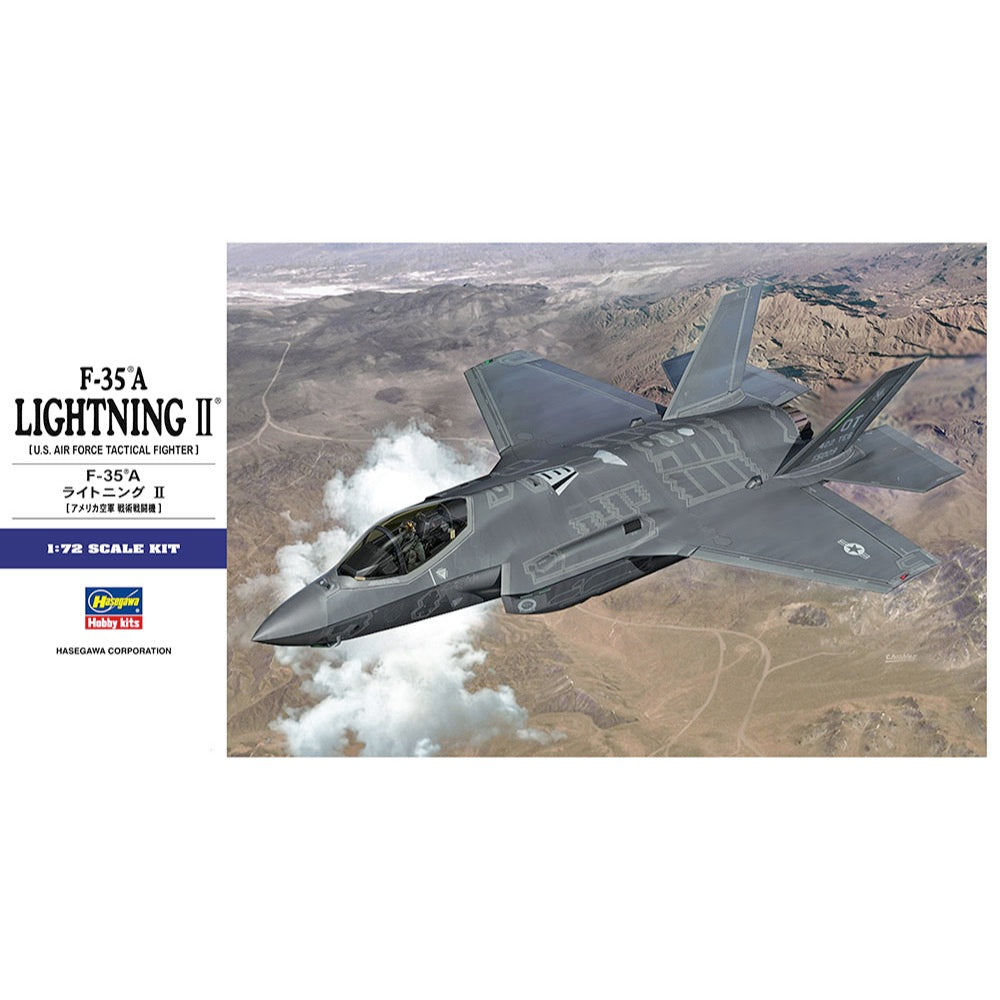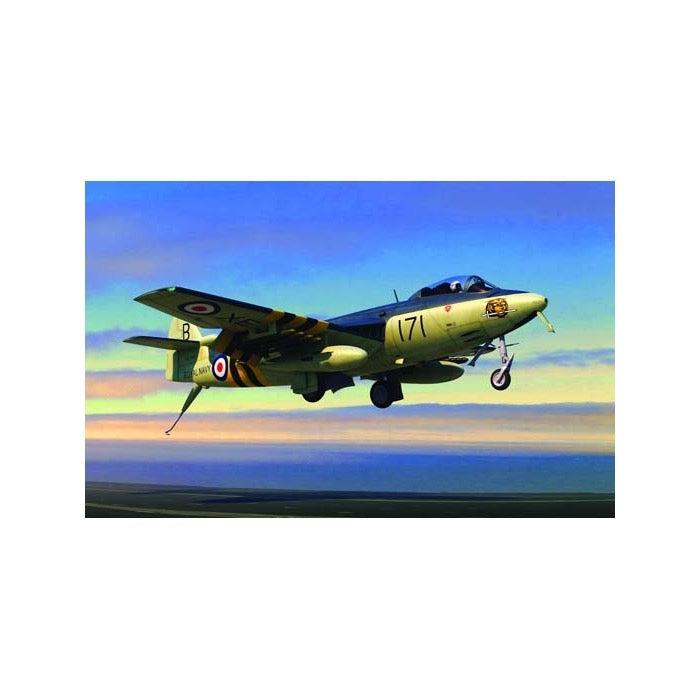
Trumpeter 02826 1/48 Seahawk FGA.MK6
The Sea Hawk began to enter service in 1953 with 806 squadron at Brawdy. By 1955 the Sea Hawk performance was already considered mediocre which led to the installation of the more powerful 5,200 lb thrust Nene 103 and the use of the Sea Hawk as a ground attack aircraft, cleared to carry external stores, a task at which the Sea hawk excelled. In all 434 Sea Hawks were built for the Royal Navy, the largest production run for any British naval jet fighter. The Sea Hawk remained in service until 1960 with the Royal Navy, but the Sea Hawk story does not end there. The Sea Hawk was a major export success, the Indian Navy finally retiring it's last example in 1984. The Sea Hawk FGA MK.6 evolved as an analogous FGA.4 upgrade with the Nene MK.103 unit, of which some 30 were made. As a supplement, early in 1955,an order for 95 new-build MK.6 was placed by the MAP,But only 87 were finished by 1956. Length: 12.09m; Wing span: 11.89m; Height: 2.64m; Weight empty: 4,335kg; max: 7,350kg Max speed: 962km/h Range: 770km
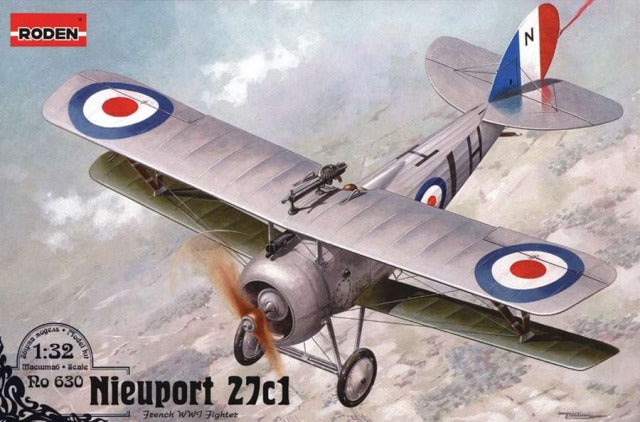
Roden 630 1/32 Nieuport 27*
One such aircraft was the Nieuport 17, which can undoubtedly be named among the ten most famous types of the Great War. Built in 1916 it became a real salvation for the Allies' air arms and was built in large numbers. Later there appeared the Nieuport 17bis with a modified fuselage, and in the spring of 1917 the designer Gustav Delage developed

Hobby Master 38043 1/72 F-16CM "Viper Demo" 91-0395, Shawn AFB 2024
The F-16 Fighting Falcon was produced by General Dynamics who became Lockheed who then merged with Martin Marietta to become Lockheed Martin. The F-16 entered service in January 1979 as a multi-role jet fighter that evolved into an all-weather multi-role aircraft capable of sustaining 9-g turns. The F-16 is relatively inexpensive to purchase and maintain so the U.S. and 25 other countries added it to their inventory. The Fighting Falcon is referred to by its pilots as the "Viper"; and will remain in USAF service until 2025.
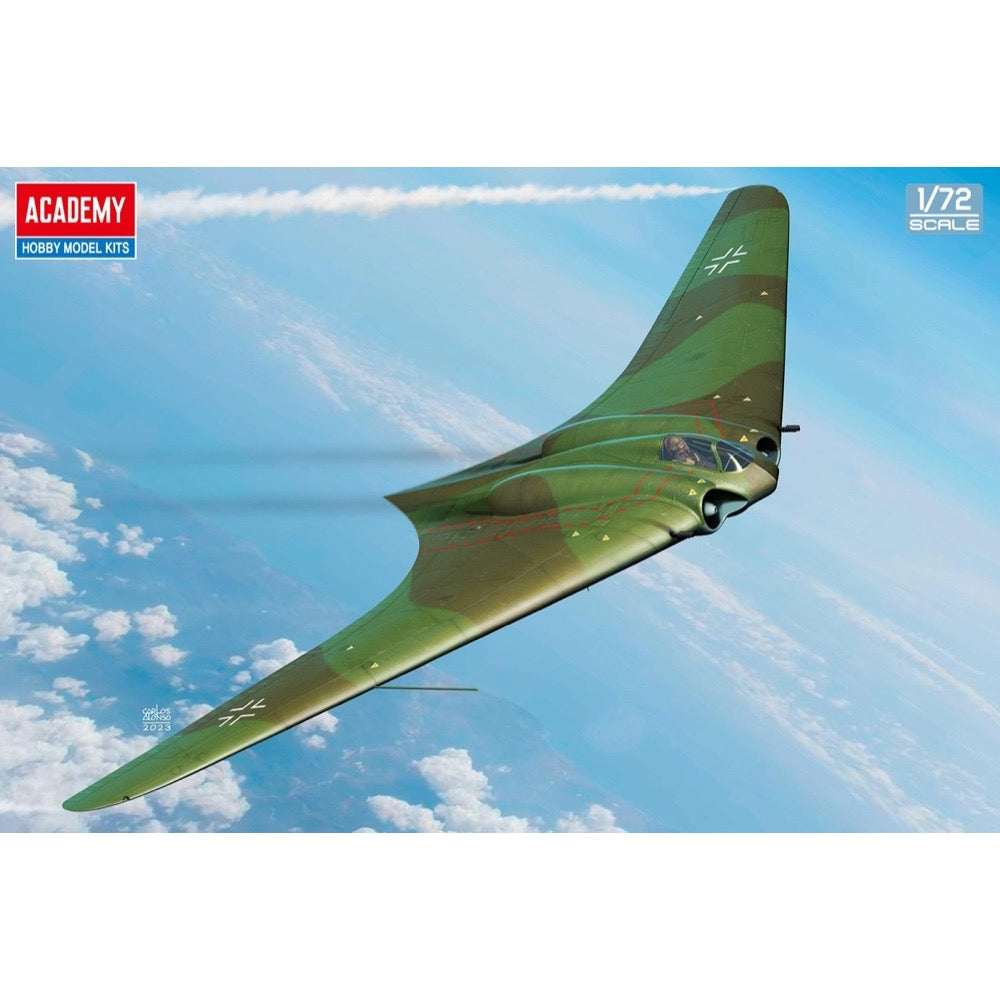
Academy 12583 1/72 German WWII Horten Ho 229 Wunderwaffe
Horten Ho-229 (the designations used are also Horten Ho IX or Gotha Go-229) is a German, twin-engine, jet fighter-bomber with a flying wing arrangement from the end of World War II. In cooperation with the Luftwaffe Sonderkommando 9 experimental center, in 1942 a project of the Ho-IX fighter plane with a flying wing system powered by two BMW 003A-1 jet engines was created. The construction of the V1 and V2 prototypes started soon and were completed in 1942. Problems with the BMW engine meant that the first Ho-IX V1 prototype was flown as a glider in the summer of that year, without engines and with a fixed front landing gear. However, the second prototype, the Ho-IX V2, was redesigned and equipped with Jumo 004 B-1 engines (2x8.5 kN). The flight tests with these engines began in January 1945. The plane reached the speed of about 800 km / h in the first flight, but after 2 hours of testing, the fire of one of the engines caused the prototype to completely crash during the landing attempt. Before that, however, the task of preparing the production was entrusted to the Gothaer Waggonfabrik plant, where the construction of prototypes under the designation Go-229 V3 to V7 began, as well as preparation for production of the Go-229 A-0 trial series. The first prototype made at Goth's plant (Go-229 V3), equipped with Jumo 004C (2x10kN) engines, was ready for testing, and work on the remaining prototypes (some of them in the two-seat night fighter versions) was seriously advanced when the plants were seized by American troops. Technical data: length: 7.47m, wingspan: 16.76m, height: 2.81m, maximum speed: 977km / h, rate of climb: 22m / s, maximum ceiling 16000m, armament: fixed-4 cannons MK108 cal. 30mm Suspended - up to 1000 kg of bombs.
Academy brings us a 1/72-scale model kit of the Ho 229 Horten, a flying wing fighter-bomber that Germany was developing at the end of World War II! A modest number of parts are used to express the unique form of this machine. Although this aircraft was not deployed in actual combat, it comes with decals for two Luftwaffe versions and one type from the Japanese Army Aviation Examination Department, as well as masking stickers for its clear parts.
This is an injection-plastic jet aircraft model kit.


